Eat Like a Viking With This Bread Recipe
Cremated archaeological finds can tell us a lot about Early Medieval baking habits.
Gastro Obscura’s Summer Cookout columnist Paula Marcoux is a food historian and the author of Cooking With Fire. Throughout the summer, she’ll be sharing recipes and stories from the luminous history of open-fire cooking.
Ah, there’s nothing quite like an aromatic loaf of freshly baked bread, still crackling and steaming from the oven. But for archaeologists, that option—so enticing to normal people—might be a second choice to a fragment of bread that has been incinerated with a human corpse, then entombed for a millennium or two. Perhaps that sounds grim, but it happens to be the recipe for an ideal scenario to preserve the payload of information encoded in a bread-artifact for future excavation and analysis.
Charring your breakfast toast may seem tragic in the moment, but, if disposed of in the correct conditions, that blackened breadstuff could tell future archaeologists a great deal about your life. Post-excavation lab testing and imaging can indicate way more than bread’s ingredients; it can also shed light on historic baking techniques, the agricultural system that fed you, and the trade routes enmeshing your society. Even better, if you plan ahead and deposit that incinerated slice in a contextualized location (like a grave), archaeologists can infer ideas about ritual, caste, and gender among your people.
If your grave is the only one with a surviving bread sample among contemporaneous burials in your cemetery, your morning toast could end up as the sole representation of all the bread of your time and place. Academics might caution against using this sample as a basis for sweeping conclusions regarding your culture’s diet, though: As a ritualized funereal offering, your toast may represent a very special sort of bread for the dead, not the commonplace bread of the living.
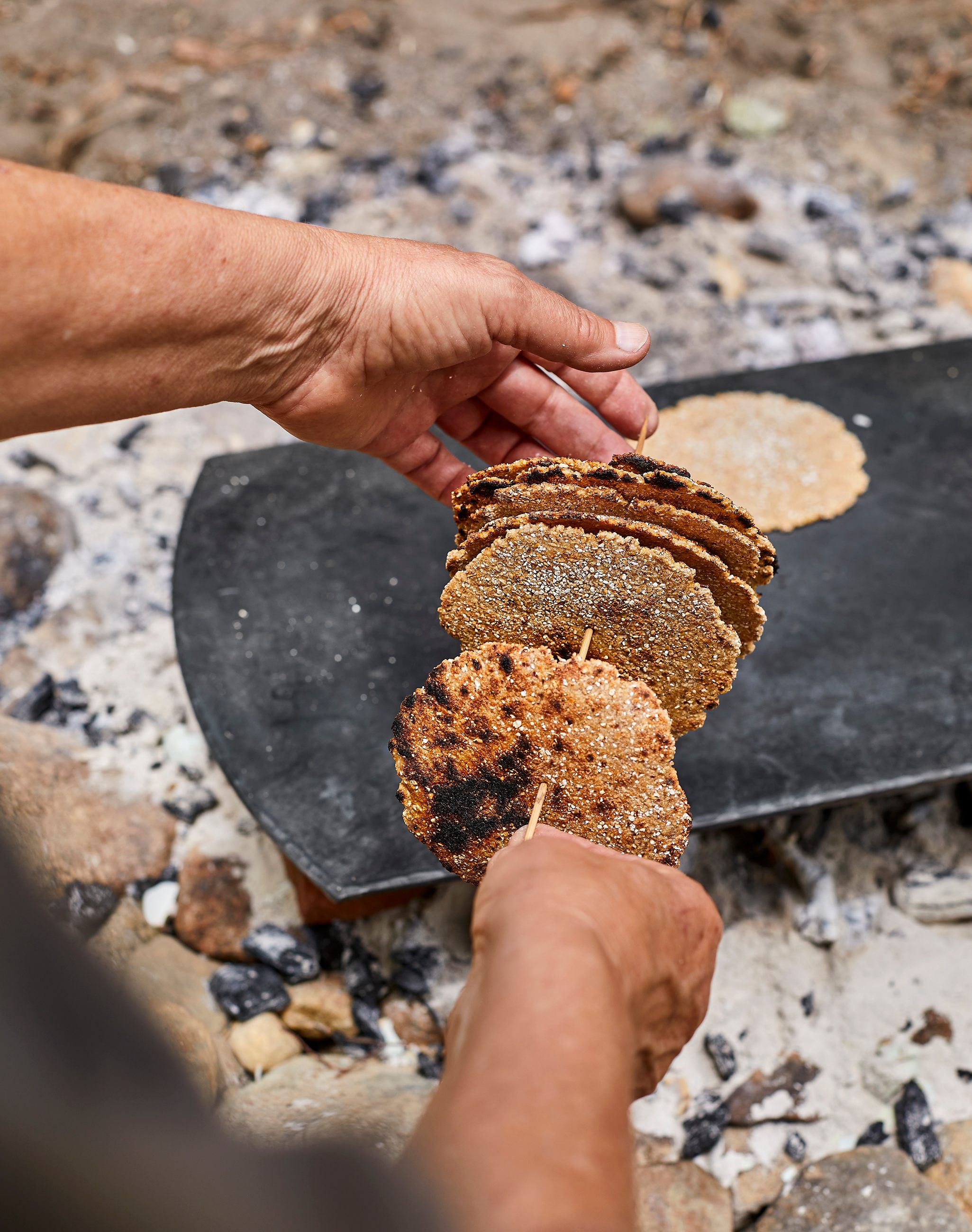
Most bits of bread do not become archaeological relics, but rather soil, sometimes after passing through a human or animal. But once fully carbonized in fire, bread is rendered inedible, and, given the correct circumstances, its structure will remain stable, occasionally to the point of perfect wholeness. Even when reduced to little more than charred crumbs, an amazing stability endures in the bread’s microscopic structures, including the identifiably distinctive grain fragments that make up flour; accidental or intentional inclusions, like seeds; and certain fungus cells (Saccharomyces cerevisiae) indicating the presence of yeast or sourdough leavening. Further lab work on your breakfast gone wrong might include analysis of lipid and protein residues: Was it enriched with fat, milk, or eggs? And an examination of its starch granules can reveal what type of grindstone milled the flour and whether the grains had been sprouted first.
Ann-Marie Hansson has made a career of interrogating the cremation burial breads of Viking-era Sweden. Her exhaustive 1996 study analyzed scores of samples archaeologists had excavated from sites on the central Swedish island of Björkö, including Birka—a once-thriving Viking trading hub. Of the 575 cremation burials in question—fewer than one-tenth held identifiable remains of bread-offerings; the presence of additional grave goods in these burials suggested that class or wealth, not age or gender, determined which graves were likely to receive such provisions for the afterlife.
All the loaves in the study had been incinerated and buried with cremated remains sometime between 750 and 975 AD; while some were in pretty good shape, many were only barely discernible as crumby char. Hansson subjected these samples to macro- and microscopic morphological examination as well as residue analyses. Overall, they were found to be composed of quite finely milled and sifted flour—sometimes enriched with fat- and protein-bearing ingredients—fashioned into sturdy, variously-shaped cakes, and baked on a griddle. A good range of regionally grown grains were represented: barley, oats, rye, field peas, and two of the earliest cultivated varieties of wheat, einkorn and emmer.

In several graves, groupings of small breads were found threaded on iron or bronze wires, leaning against a ceramic vessel holding the cremated remains of the deceased. This practice likely echoes the customary local way of storing bread supplies for the living by stringing them up on flax or hemp threads or withy rods sheltered under the house’s roof. Securing the burial breads with more costly and durable metal filaments, instead of twine or twigs, would not only convey mourners’ esteem for their dead, it may have served the pragmatic purpose of helping them recover the charred loaves after their cremation with the body.
For the fire-loving food historian, an archaeological analysis this detailed pretty much constitutes a recipe manual for a range of simple, tasty small flatbreads. Exploring different ingredient choices available in Early Medieval Scandinavia is part of the fun and a great way to experience the flavors and properties of lesser-used bread grains, too. Even better, whether you mill your own grain or use purchased flours, it’s probably the easiest bread dough you could ever mix.
Making Viking Funerary Flatbread
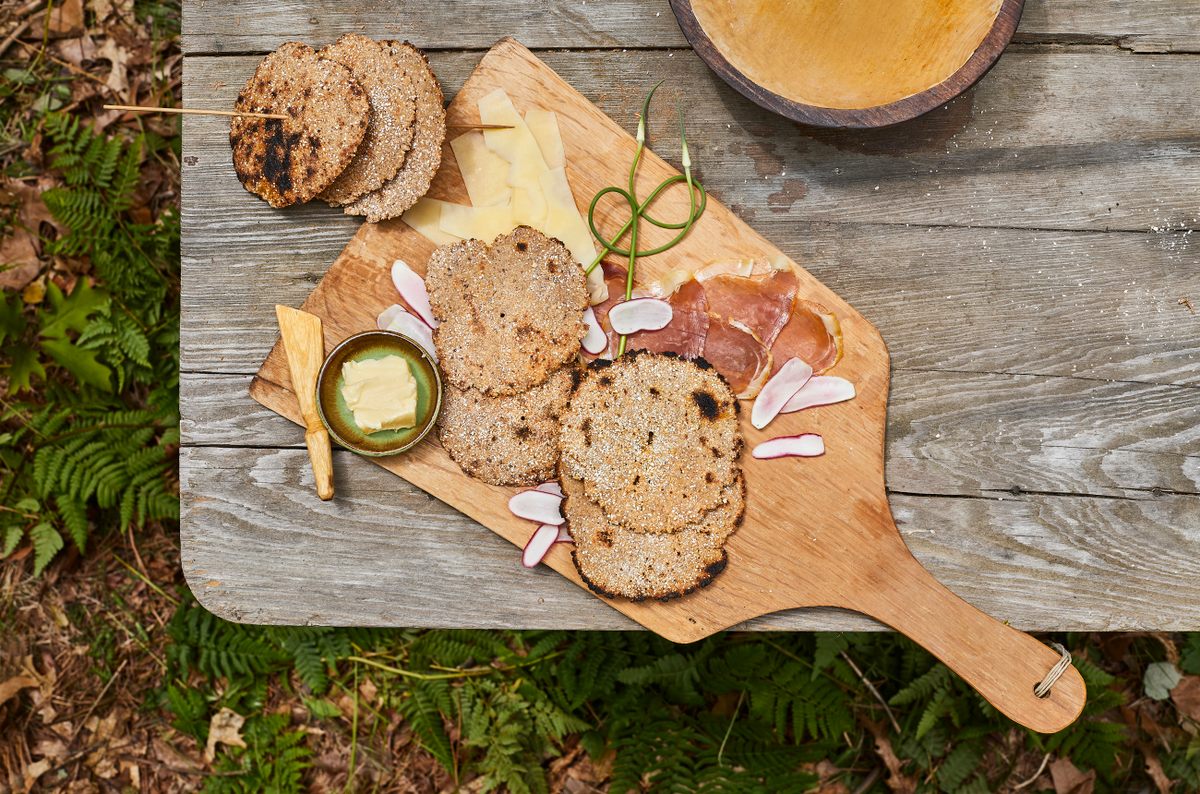
The archaeological record allows the home baker a lot of latitude in recreating these tasty offerings; it’s especially interesting to delve into some of the era’s trends. Hansson found that the grains represented in individual bread samples closely paralleled the period’s known agricultural practices. For example, Scandinavian farmers have long paired barley with oats—they are sown, harvested, and ground together in a mixture known as tvebland—and sure enough that duo constitutes a frequent bread type among the charred burials. Similarly, another pair with overlapping agricultural demands was field peas and the early wheats, emmer or einkorn; they, too, turn out to have been frequent companions both in the field and on the bakestone.
In a follow-up study, Hansson looked at cremation burial bread remains from other nearby sites that were culturally-related to those on Björkö and found some intriguing ingredient variations. Among these samples, Hansson found evidence that some of the doughs included animal ingredients, which would boost protein, fat, and flavor. Lab analysis also showed significant quantities of the seeds of flax, chenopodium, and camelina. Whether these were accidental weed-seed inclusions or an intentional high-protein adjuncts is only known only to the farmers and bakers who have long-since joined their honorees in the grave.
While the original intentions of the historic Swedes may be up for interpretation, from a modern baker’s perspective, these optional variants are a lot of fun to play with. In the interest of flavor, nutrition, and curiosity, you may wish to use a livestock-based liquid, like whey or buttermilk, instead of water, to mix the dough. In an interesting twist—still reflected in a present-day, admittedly niche, practice in Sweden—some of the ceremonial breads were discovered to have been mixed using blood as the liquid. If you happen to slaughter and butcher your own animals, perhaps you’ll give it a try; fatty meat broth would be another, slightly less outré, option.
Customize your burial bread further with the addition of some appropriate seeds, whole or lightly ground. Flaxseed is readily available commercially. Chenopodium (also known as lamb’s-quarters) and camelina (or, gold-of-pleasure) seed can be found through an internet search or, way better, by foraging around the edges of roads and fields in the height of summer.
Milling
Viking Age Swedes appear to have considered that only the finest-ground and finely-sifted flours were appropriate for honoring their dead, but here, too, you can choose according to taste—after all, the modern resurgence of whole grains has been shown to keep us among the living a bit longer.
I use a small home mill and simply weigh the whole grains and toss them in to grind together to form a coarse flour. In a move that would likely be considered a slight to the about-to-be-cremated, I don’t sift out any of the bran. The resulting flour smells and tastes fresh and nutty, and feels alive.

Shaping options
The majority of the burial samples were mere crumbs, with no discernable top, bottom, or sides. However, many showed evidence for a variety of distinctive shapes—thin, thick, round, oval, triploid, and rectangular. The best-preserved were those that had been patted into sturdy, cookie-like shapes and strung in threes onto an iron or bronze wire just after baking. They were then cremated with the body, retrieved, and placed carefully in the final burial place alongside the urn containing the similarly incinerated-and-recovered human remains.
Looking at these as a baker, I see them as being fabricated for durability at the expense of flavor and texture, the characteristics suiting them to recovery from a pyre also compromising some of their potential tastiness. Hence, if you’re planning to eat, rather than cremate, these, I suggest rolling out the dough just a little more thinly—it delivers an especially crisp, delicious perimeter.
Equipment
Have everything you need at hand: a griddle; a good pile of small, dry fuel; a fire poker of some sort; a spatula; a rack or cloth to place them on when done; and an optional skewer.
Ingredients
100 grams (3.5 ounces) hulled barley OR ¾ cup barley flour, plus a bit for rolling out dough
50 grams (1.75 ounces) oat groats OR ½ cup oat flour (or rolled oats run through the food processor)
1 tablespoon lightly ground flaxseed, camelina, and/or chenopodium seed (8 grams or 0.3 ounces)
½ teaspoon sea salt (3 grams or 0.15 ounces)
½ cup buttermilk (or blood, milk, yogurt, or water)
Method
1. If you are using whole grains, reduce them to a coarse flour in a mill or with a mortar and pestle.
2. Combine all the dry ingredients thoroughly in a mixing bowl. Stir in the liquid until a dough is formed. If necessary to incorporate all the dry particles, add a small amount more liquid. (It’s fine if the dough is a little soft. It will dry out considerably during the rest period; whole grains imbibe moisture slowly.) Round up the dough nicely, place and cover in an airtight container, and allow to rest while you make a fire and arrange your griddle.
3. Set up a hearth so that you can place a griddle or bakestone securely a few inches over it. A few bricks work wonders in this regard. Setting the griddle aside, make a fire of medium-sized wood and burn it down to coals. Have a small pile of dry twigs on hand in case you have to goose the heat of your fire later while baking.
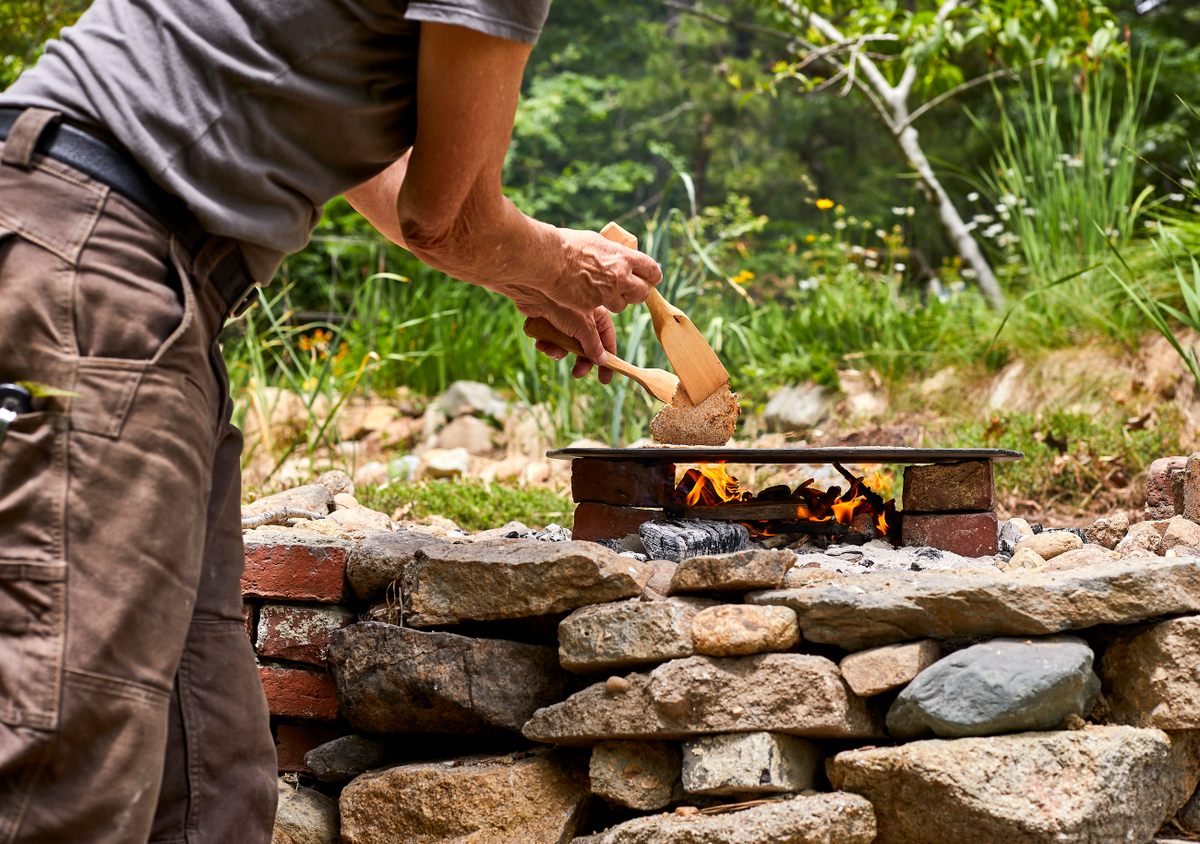
4. While your fire is burning, form the breads. Toss a light skim of barley flour on the work surface. Round up the dough ball, and slice it into 8 even bits. Flouring your fingers and counter lightly as needed, roll or pat each out to desired thinness (see note on shaping above)—about 3 inches in diameter for cremation burial, 4 to 5 inches for cocktail snacks. If the dough proves a bit too sticky to handle, grease two sheets of parchment paper and repeat this step with the paper on the top and bottom of the dough.
5. Adjust and even out the fire, then return the griddle to its supports to preheat. Aim to have a low to medium-low heat on the griddle; the flavor and crunch develops best rather slowly. Load up the griddle with the flatbreads. turn when flecked with brown. As you go, you’ll learn to adjust the heat by feeding twigs onto the established coalbed or by pushing aside anything burning too aggressively.
6. When the breads are done—crisp and brown on the edges, still a bit leathery in the middle—remove to the rack or cloth, or perforate with the skewer and suspend them, to cool.
7. This should yield 8 cracker-like breads. Their nutty flavor pairs well with butter or cheese of any kind, with smoked or pickled fish, and with cured meats. They keep as sustenance for weeks, but are truly tastiest when eaten within a few hours, so carpe diem.
Gastro Obscura covers the world’s most wondrous food and drink.
Sign up for our email, delivered twice a week.



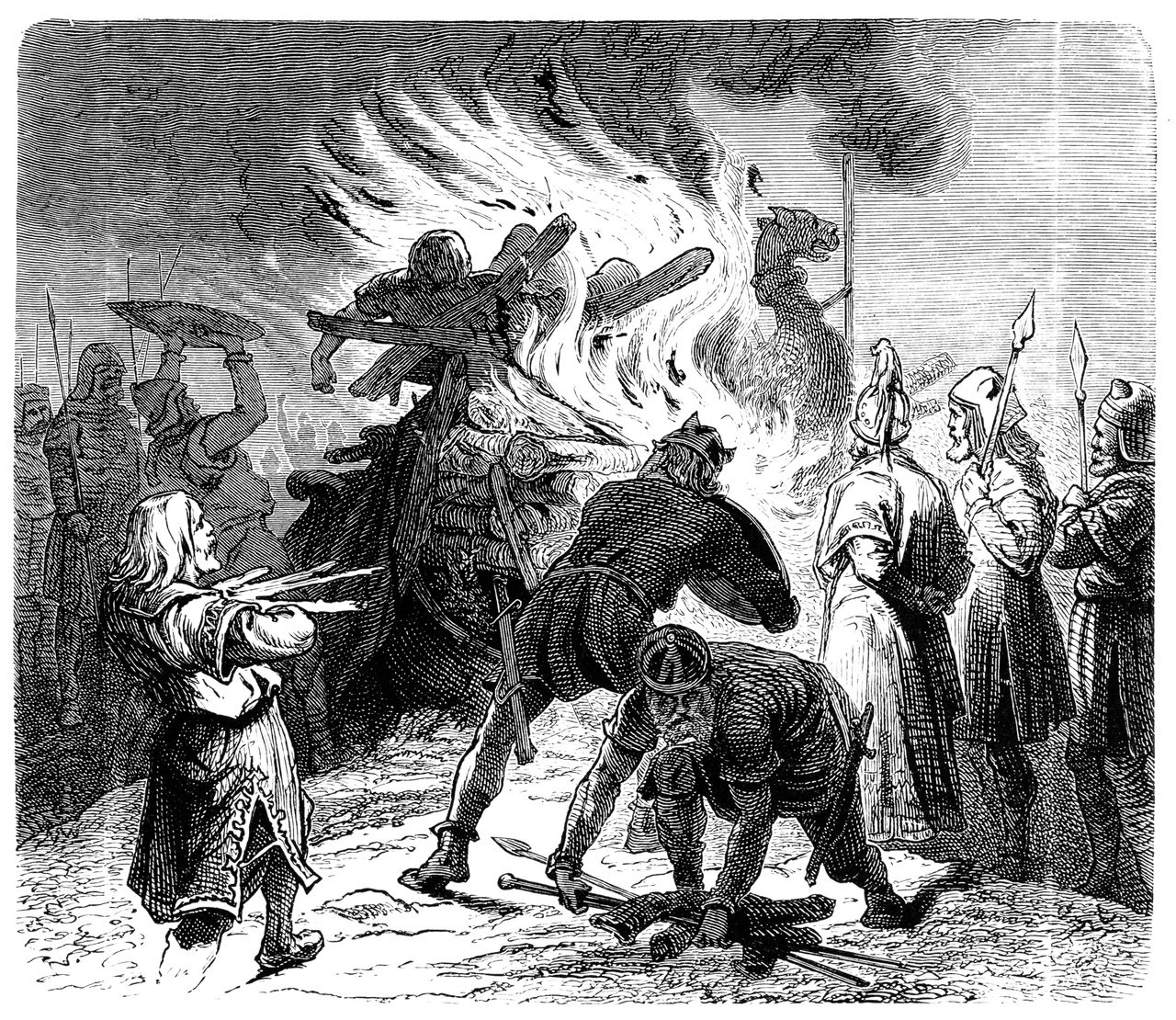


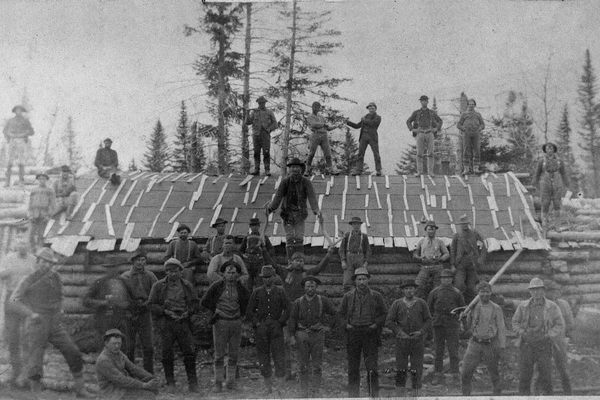















Follow us on Twitter to get the latest on the world's hidden wonders.
Like us on Facebook to get the latest on the world's hidden wonders.
Follow us on Twitter Like us on Facebook